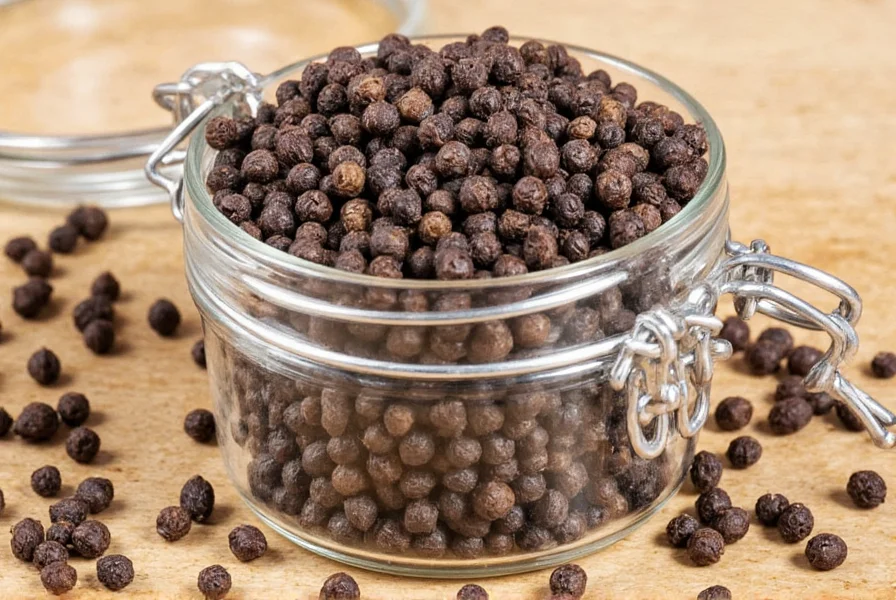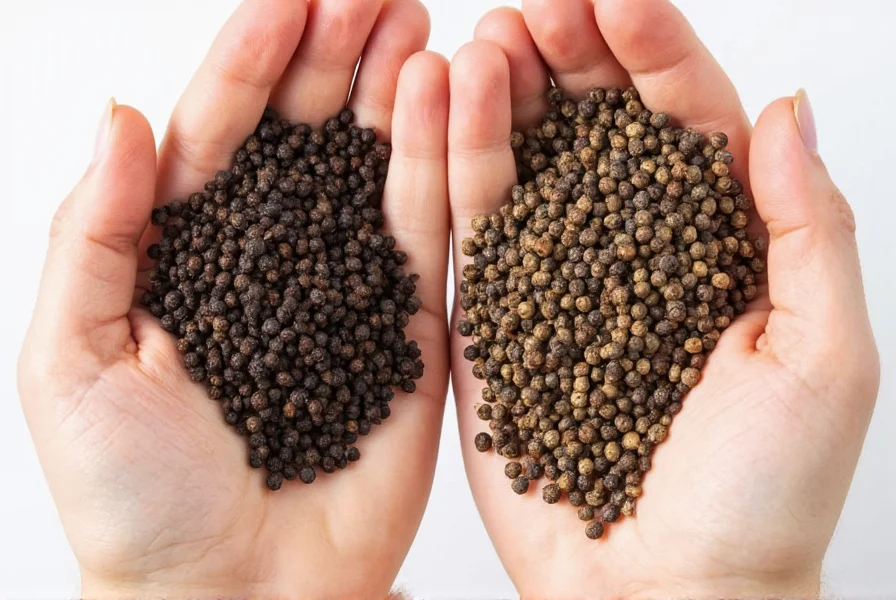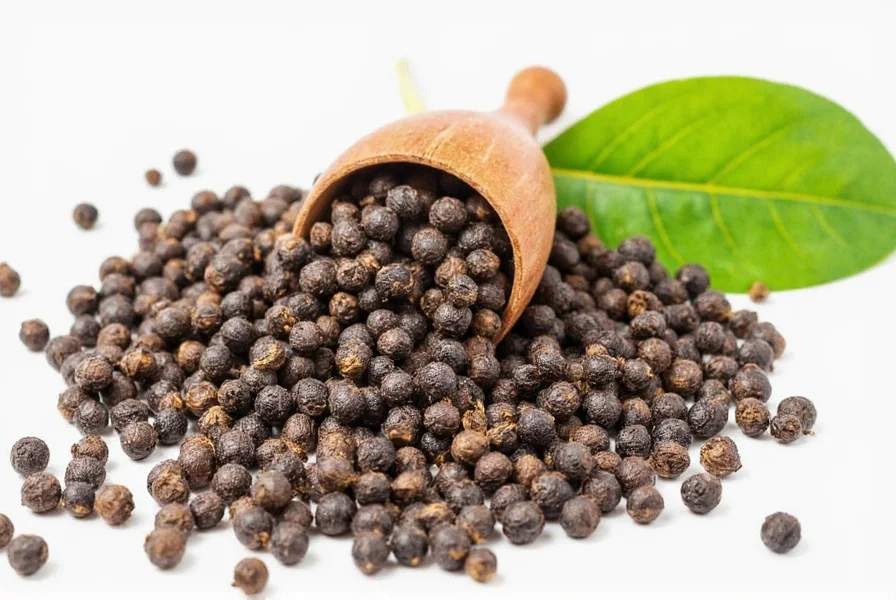Understanding what black pepper is made of reveals one of history's most valuable spices. Unlike other "peppers" that belong to different plant families, true black pepper comes exclusively from Piper nigrum, a perennial climbing vine that produces fruit year-round in tropical climates.
The Piper Nigrum Plant: Source of True Pepper
The Piper nigrum vine thrives in hot, humid environments with well-drained soil. Native to Kerala in southwestern India, this plant now grows in tropical regions worldwide including Vietnam, Indonesia, and Brazil. The vine produces flower spikes that develop into clusters of small berries. Each berry contains a single seed surrounded by fruit pulp.

From Green Berry to Black Peppercorn: The Transformation Process
The journey from plant to spice involves precise timing and traditional processing methods:
- Harvesting: Berries are picked while still unripe and green, typically when about one-third mature
- Sun-drying: Harvested berries are spread on mats and sun-dried for 6-10 days
- Enzymatic reaction: During drying, enzymes in the fruit skin react with the sun's rays
- Color transformation: The outer layer turns from green to dark brown or black
- Shrinking: Berries lose moisture, becoming the familiar wrinkled peppercorns
This natural fermentation process creates piperine, the compound responsible for black pepper's distinctive pungency and heat. Unlike white pepper (made from ripe berries with the outer layer removed), black pepper retains its fruit layer, giving it more complex flavor notes.
| Pepper Type | Processing Method | Flavor Profile |
|---|---|---|
| Black Pepper | Unripe berries sun-dried with outer layer intact | Sharp, complex, floral notes with moderate heat |
| White Pepper | Ripe berries soaked to remove outer layer before drying | Milder, earthier, less complex flavor |
| Green Pepper | Unripe berries preserved through freeze-drying or brining | Fresh, herbal, less pungent |
| Red Pepper | Ripe berries dried with outer layer intact | Sweeter, fruitier, milder heat |
Chemical Composition of Black Pepper
Black pepper's distinctive properties come from its chemical makeup. The primary components include:
- Piperine (5-9%) - The alkaloid responsible for pungency and heat
- Essential oils (2-5%) - Including pinene, sabinene, and limonene that create aroma
- Starch (25-35%) - The carbohydrate component
- Proteins (10-12%) - Various plant proteins
- Minerals - Potassium, calcium, magnesium, and trace elements
These compounds work synergistically to create black pepper's characteristic bite, aroma, and potential health benefits. The concentration of these components varies based on growing conditions, harvest timing, and processing methods.
Historical Significance of Black Pepper Production
Black pepper has been traded for over 4,000 years, earning the nickname "black gold." Ancient Romans valued it so highly that it was used as currency. The spice trade routes established primarily for black pepper shaped global commerce and exploration. Understanding what black pepper is made from reveals why it was so valuable—its production requires specific tropical conditions and labor-intensive harvesting.
Modern Black Pepper Production Process
While traditional sun-drying remains common, modern processing includes quality control measures:
- Sorting: Berries are sorted by size and maturity before processing
- Cleaning: Removal of stems and debris
- Drying: Traditional sun-drying or mechanical drying in controlled environments
- Grading: Classification by size, color, and pungency levels
- Packaging: Sealed in moisture-proof containers to preserve freshness
High-quality black pepper maintains its essential oils and piperine content through careful processing. Exposure to excessive heat, light, or moisture degrades these compounds, diminishing flavor and potency.
Factors Affecting Black Pepper Quality
Several elements determine the final quality of black pepper:
- Harvest timing - Berries picked too early or too late affect piperine development
- Drying conditions - Temperature and duration impact enzymatic reactions
- Soil composition - Mineral content affects flavor profile
- Climate conditions - Rainfall patterns influence berry development
- Storage methods - Proper packaging preserves volatile compounds
Understanding how black pepper is made explains why premium varieties like Tellicherry or Lampong command higher prices—they represent optimal growing conditions and careful processing that maximize flavor complexity.
Common Misconceptions About Black Pepper
Several myths persist about black pepper's composition:
- Myth: Black pepper comes from the same plant as chili peppers
Fact: Chili peppers belong to the Capsicum genus, while black pepper comes from Piper nigrum - Myth: Black pepper is artificially colored
Fact: The dark color develops naturally during sun-drying through enzymatic browning - Myth: All peppercorns are the same species
Fact: True black, white, green, and red pepper come from Piper nigrum, but other "peppers" like pink pepper come from completely different plants

Practical Applications of Black Pepper Knowledge
Understanding what black pepper is made from helps consumers make informed choices:
- Whole peppercorns retain flavor longer than pre-ground pepper
- Darker, more wrinkled peppercorns typically indicate proper sun-drying
- Freshly ground pepper releases more essential oils and piperine
- Pepper stored in airtight containers maintains potency longer
- Different processing methods create distinct flavor profiles for culinary applications











 浙公网安备
33010002000092号
浙公网安备
33010002000092号 浙B2-20120091-4
浙B2-20120091-4